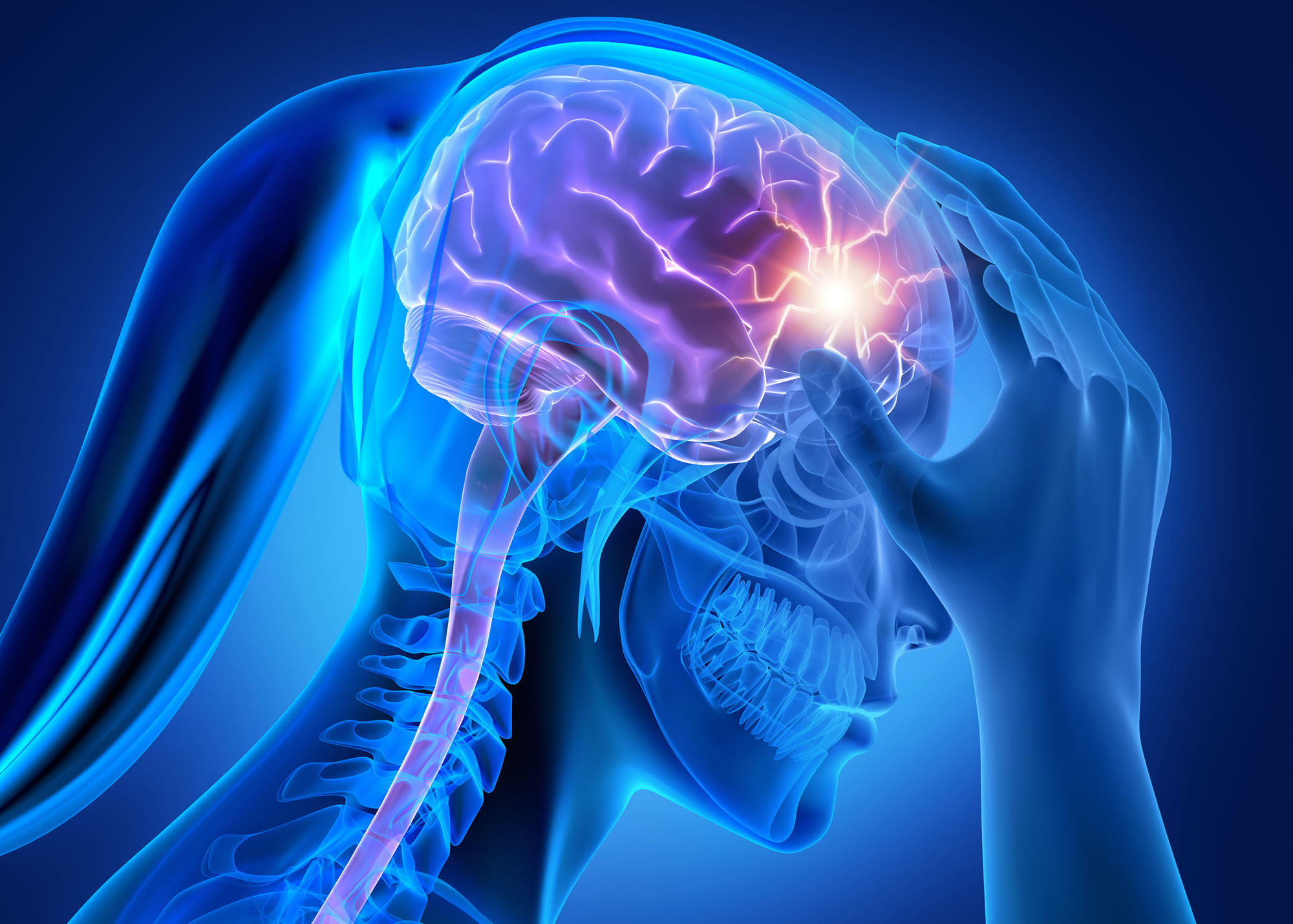According to the Sports Concussion Institute, a concussion occurs when the brain moves rapidly inside the skull. The brain is a three-pound organ that floats in cerebral spinal fluid inside the skull. The spinal fluid acts as a shock absorber for minor impacts but it doesn’t provide total protection against concussion.
Concussions are a common injury in BC with young people most likely to be injured. In 2011, Lower Mainland hospitals treated 16,888 people for concussion. The leading causes of these concussions were falls (32.5%), sports and recreational activities (18.0%) and being struck by or against an object (9.4%).
A concussion, which is a form of mild traumatic brain injury (TBI), is caused when the brain is jolted against the inside of the skull. Different areas of the brain move at different speeds resulting in shearing forces that can damage nerve tissue. Concussion victims may lose consciousness due to impaired nerve cells.
Most of the damage seems to happen to the brain’s protective membrane according to Business Insider. Scientists discovered that reactive oxygen species – which can cause cell death and DNA damage – appear in the membrane 30 minutes after head trauma. Scientists also found holes in the innermost protective membrane.
After a blow to the head, the brain tries to heal itself by sending immune cells to the affected area. If the damaged cells are still alive, the immune cells band together to create a new layer of protection. If the damaged cells are dead, the immune cells form into a jelly-like substance to try and plug up the holes.
Head injuries should always be taken seriously because the brain is more fragile than other organs and it doesn’t have a lot of room to expand and swell.
For More Information
- What it Looks Like Inside a Concussed Brain, Business Insider







